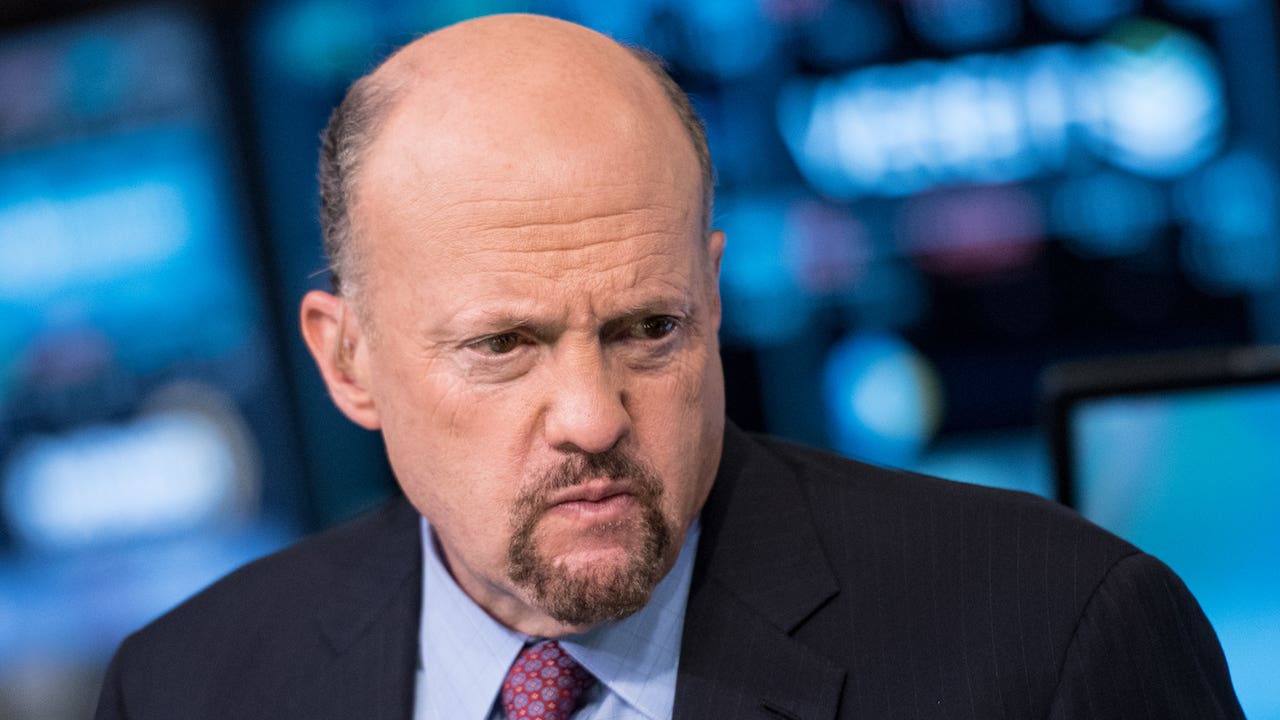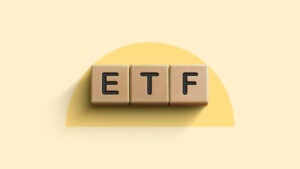7 of the weirdest, wildest, oddball ETFs

Our writers and editors used an in-house natural language generation platform to assist with portions of this article, allowing them to focus on adding information that is uniquely helpful. The article was reviewed, fact-checked and edited by our editorial staff prior to publication.
The beauty of exchange-traded funds (ETFs) is that they can incorporate an almost-infinite variety of “themes” into an easy-to-buy investment fund. While popular ETFs are based on specific industries, geographic areas or high-profile indexes such as the S&P 500, other funds are based on a weird or niche area of the market or a totally offbeat investment theme.
Here are seven of weirdest, wildest ETFs and why you may (or may not) want to invest in them.
7 of the most unusual ETFs you can buy
The performance and expense data below are as of April 8, 2024.
1. ProShares Pet Care ETF (PAWZ)
Pets are a business niche that always seems to grow, regardless of the economy, so a well-constructed fund focused on these furry friends might be quite interesting. This ETF has just a couple dozen stocks or so, and includes companies focused on food (Freshpet), health (IDEXX Laboratories) and retailers (Chewy), among others. The five-year returns have been just ok at 4.4 percent, but it’s been a bumpy ride over that time frame.
- Assets under management: $69.5 million
- Expense ratio: 0.5 percent
2. ProShares UltraPro QQQ ETF (TQQQ)
This fund tracks the performance of the Nasdaq-100 index, which includes the world’s largest tech stocks and more, and then puts it on steroids, aiming to get three times the daily return of that index. The results have been breathtaking over the last decade, with the fund up around 37 percent annually on average, though it was rising at more than a 70 percent clip annually before the market’s meltdown in 2022. Of course, the downside has been just as severe. However, note that this fund uses options to magnify its returns, meaning that it’s subject to constant degradation in its net asset value as it has to continually roll its investments. But if you like investing in the biggest tech companies, then you might love the UltraPro QQQ ETF.
- Assets under management: $21.3 billion
- Expense ratio: 0.88 percent
3. iPath Series B S&P 500 VIX Short-Term Futures (VXX)
Yes, you can actually wager on the volatility of the S&P 500 index, and this fund is one way to do it, though it’s technically an exchange-traded note (ETN) rather than an ETF. This note provides exposure to futures on the CBOE Volatility Index, known more commonly as the VIX, or the fear gauge. Because of its structure, the net asset value tends to degrade over time, and it’s best suited for short-term exposure to volatility, such as when the market plunges.
- Assets under management: $332.1 million
- Expense ratio: 0.89 percent
4. Procure Space ETF (UFO)
Despite the UFO ticker symbol, this ETF is less about the search for extraterrestrial life than it is about the commercialization of space, so the stocks in the fund won’t be alien to most investors. It includes major satellite communication companies (Iridium Communications, Garmin, Sirius XM) as well as some defense companies (Lockheed Martin, Boeing) involved in related areas.
- Assets under management: $33.4 million
- Expense ratio: 0.75 percent
5. VanEck CEF Municipal Income ETF (XMPT)
This ETF is really a fund of funds that invest in tax-exempt municipal bonds, hence the apt ticker symbol. The underlying funds are known as closed-end funds, and they’re a popular way to buy municipal bonds and juice their returns through leverage. This VanEck fund allows investors to get exposure to a nearly complete range of such funds and a 4.8 percent tax-free yield. It’s an interesting idea, if pricy at 1.82 percent of assets annually, and that’s on top of the already-hefty fees charged by the closed-end funds. It would be just as easy to skip the middleman here, and pick perhaps the top 10 funds and significantly juice your final overall yield.
- Assets under management: $231.3 million
- Expense ratio: 1.82 percent
6. VanEck Social Sentiment ETF (BUZZ)
This fund is one of a handful of AI-powered ETFs that use machine learning to pick investments. In this case, the AI is tuned to pick up positive investor sentiment from what the fund’s prospectus calls “millions” of data points in the news, social media, blogs and the financial press. That’s all distilled down to 75 large-cap stocks that have the most positive sentiment. The one-year returns have been good – up more than 41 percent – but the three-year returns have been -4.7 percent.
- Assets under management: $64.4 million
- Expense ratio: 0.75 percent
7. AdvisorShares Vice ETF (VICE)
These products may be bad for you, but they may end up being good for your wallet. With an appropriate ticker symbol, this fund invests in bad habits – think tobacco, alcohol, gambling but also milder things such as chocolate – so-called “sin stocks”. These companies are largely consumer plays, classified either as cyclical or defensive, meaning that they’ll tend to do well mostly regardless of the economic climate and they’re often cash cows, especially in the good times.
- Assets under management: $7.4 million
- Expense ratio: 0.99 percent
What to watch out for in thematic ETFs
While oddball ETFs may come with some fun and funny ticker symbols, they may have some serious drawbacks that investors should pay attention to:
- Small: Oddball thematic ETFs such as these tend to be small, and many have formed relatively recently in the hope of finding a niche that could attract investors’ interest and grow quickly into a money-generating product. If they don’t perform well or catch on with investors in a relatively short period, they’ll be closed.
- High expense ratios: A byproduct of their small size is that many of these ETFs have high expense ratios, the cost to own the fund as a percentage of your investment. Fund managers have a variety of fees to cover, and smaller funds often carry inordinately high expenses, while some of the best ETFs carry razor-thin expense ratios.
- Misleading naming: A problem that plagues many ETFs is that the fund’s name purports to do one thing but mostly seems to deliver another. For example, a space ETF may consist mainly of satellite communications companies and not the space exploration companies that you might imagine. Or a country ETF (say a Spain ETF) may own stocks that make most of their profit outside that country.
- Limited track record of performance: Many thematic ETFs have not been around that long, and are trying to capture the zeitgeist with an appropriately named fund and strategy. A recently closed memestock fund is a prime example. These funds often have short track records, and it’s important that investors check the fund’s historical performance to see what it might return in the future.
These are a few of the key things to watch for with any ETF that you might invest in.
Bottom line
ETFs can have a broad range of flavors, but it’s important to understand what you’re actually buying and how the investment strategy has performed. While there’s some fun in the novelty of a thematic ETF, you want your hard-earned money to generate a return for you, above all.
Editorial Disclaimer: All investors are advised to conduct their own independent research into investment strategies before making an investment decision. In addition, investors are advised that past investment product performance is no guarantee of future price appreciation.






